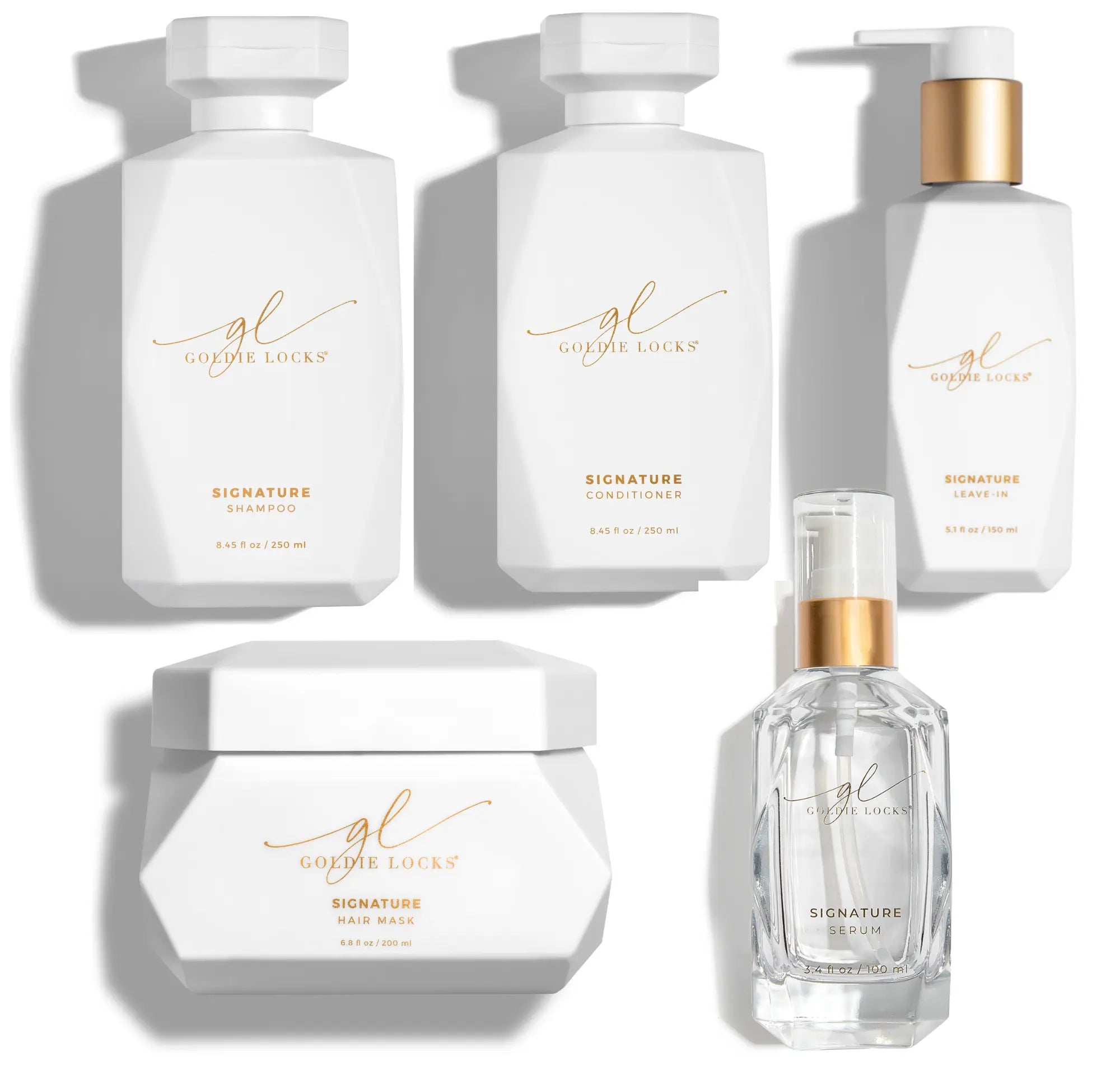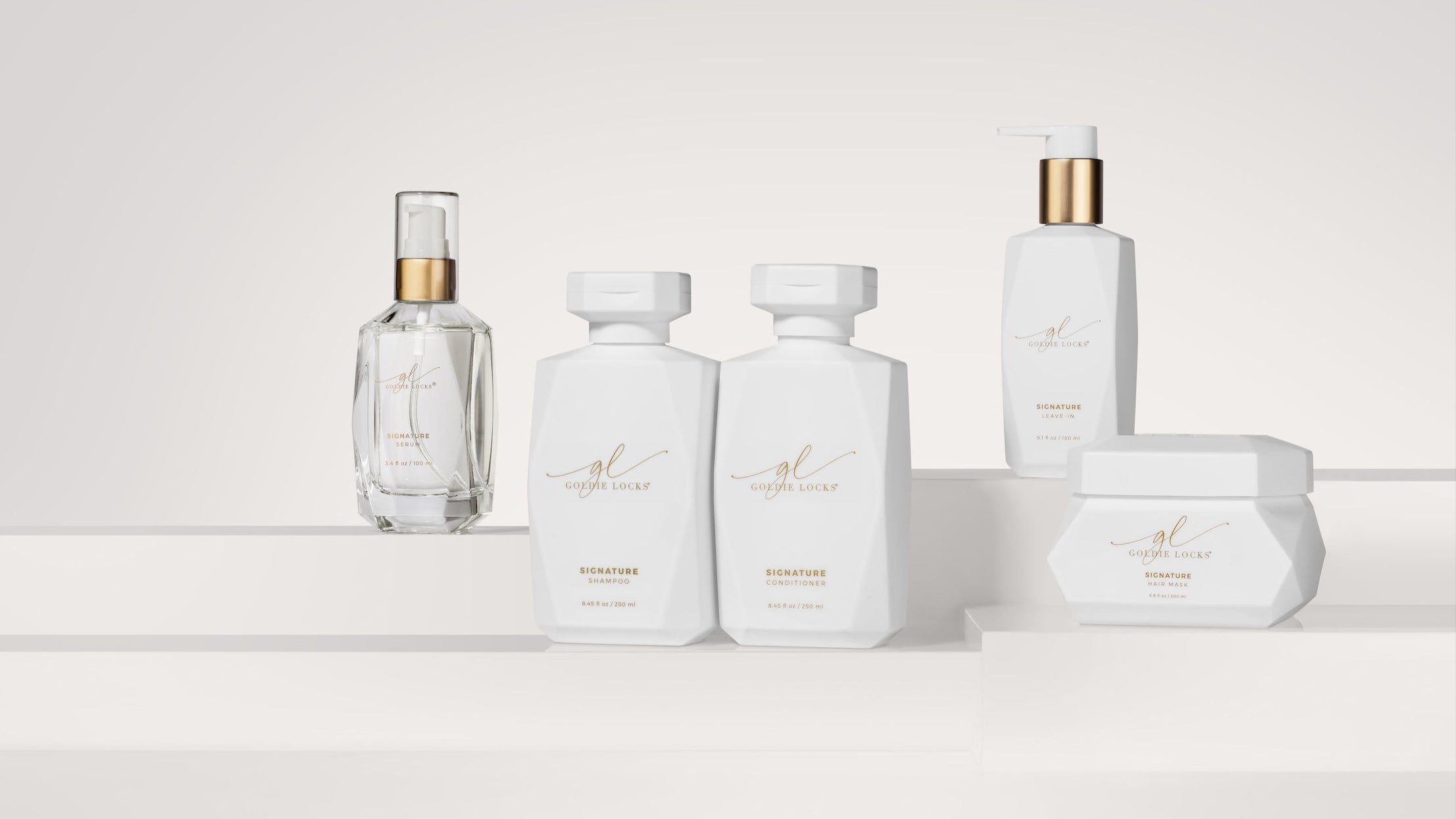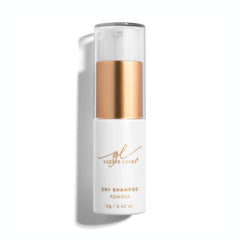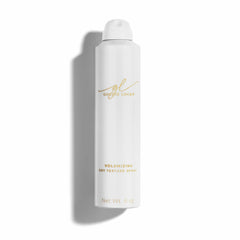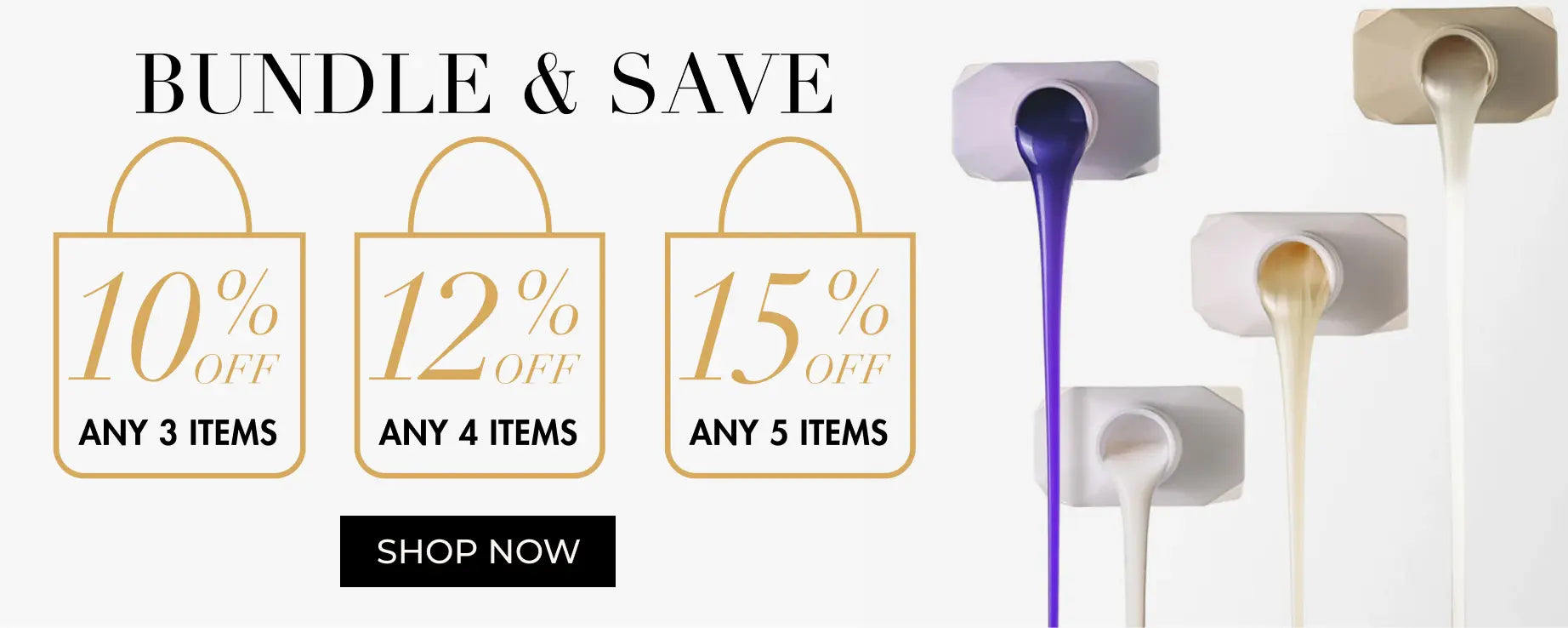You run your fingers through your hair and feel it rough, rigid, almost straw-like. Your go-to stylers no longer deliver. Curls won’t hold. Ends feel delicate, breakage shows up with every brushstroke. If this sounds familiar, it may be time to consider a lesser-known but common cause: protein overload.
While protein plays a vital role in maintaining strong, resilient hair, too much can tip the balance. Frequent use of strengthening shampoos, repair masks, and “fortifying” treatments can leave strands hard, dry, and resistant to movement.
To complicate things, protein overload often mimics other forms of hair stress, making it easy to overlook until your hair’s condition starts to noticeably shift.
In this guide, we’ll help you understand the signs, identify the source, and bring your hair back to balance, soft, elastic, and full of life.
Index
What Is Protein Overload in Hair?

Protein overload happens when your hair absorbs more protein than it can balance with moisture, leaving strands dry, stiff, and vulnerable to breakage.
Hair is primarily composed of keratin, a protein that provides strength and shape, while moisture ensures flexibility and elasticity. Though protein is vital for building structure and resilience, an excess can cause hair to become rigid and brittle.
This imbalance often arises from layering multiple protein-rich products (shampoos, conditioners, leave-ins, and masks) in your routine. Ingredients like keratin, hydrolyzed wheat or soy proteins, collagen, silk, and amino acids are common protein sources to be mindful of.
Protein overload can affect all hair types, not just curls. Maintaining a careful balance between protein and moisture is essential to keeping your hair healthy, soft, and resilient.
What Does Protein Overload Look & Feel Like?

Protein overload leaves hair feeling straw-like: coarse, stiff, and prone to snapping with low elasticity. It often brings on dull, wiry frizz and a noticeable loss of definition.
The early signs are subtle and easy to mistake for general damage, dryness, or simply a mismatch of products.
Here’s what to watch for when it comes to protein overload:

Hair feels like straw: stiff, coarse, and rough to the touch.

Unexplained breakage: strands snapping midway down the shaft, breaking like twigs.

Curls are missing: hair hangs limp or puffy, as protein buildup blocks the moisture curls need to form.

Extreme dryness, even after moisturizing: despite leave-ins, oils, and deep conditioners, hair still feels bone dry because protein is locking moisture out.

Dull, matte appearance: natural shine fades, replaced by a chalky or dusty look, often from protein residue.

Increased shedding: more hair falls out after washing, alongside many small broken pieces scattered on the floor.
Protein vs. Moisture Overload vs. General Damage
Protein overload and moisture overload can appear quite similar, but they demand very different approaches. Treating the wrong one risks making the problem worse:
| Symptom/Check | Protein Overload | Moisture Overload | General Damage |
|---|---|---|---|
| Stretch/elasticity | Snaps quickly with little to no give | Over-stretches, feels “mushy,” then snaps | Variable: can snap or stretch depending on severity |
| Feel | Stiff, coarse, straw-like | Overly soft, limp, gummy when wet | Rough, weak; signs of heat or chemical damage |
| Look | Dull, matte, wiry frizz, loss of curl definition | Flat or puffy with zero definition; lacks bounce | Split ends, mid-shaft breakage, thinning ends |
| Common triggers | Overuse of keratin, amino acids, or protein-rich products | Excessive deep conditioning, humectants, or water exposure | Heat tools, bleach, coloring, sun exposure, rough brushing |
The “Protein Overload Hair Test”
To better understand what your hair is experiencing, try these simple strand and product tests:
Stretch Test
Gently stretch a shed strand:
➙ Snaps quickly? Protein overload is likely.
➙ Stretches extensively before breaking? Your hair may be over-moisturized.
Feel Test
Rub the strand between your fingers:
➙ Stiff and rough? Protein-heavy.
➙ Soft and gummy? Too much moisture.
Product Test
Review the ingredient lists of your current hair care products:
➙ Count how many contain proteins such as keratin, silk, wheat, soy, or amino acids.
➙ If most do, your hair may be experiencing protein overload.
If these tests align, snap-prone strands, frequent protein use, and persistent dryness, it’s a clear sign your hair needs rebalancing with moisture.
How to Fix Protein Overload in Hair
Once you’ve identified that your hair is dry, stiff, snapping like twigs, and showing all the classic signs of protein overload, it’s time to take action. It won’t happen overnight, but with the right steps, your hair will begin to bounce back and feel like itself again.
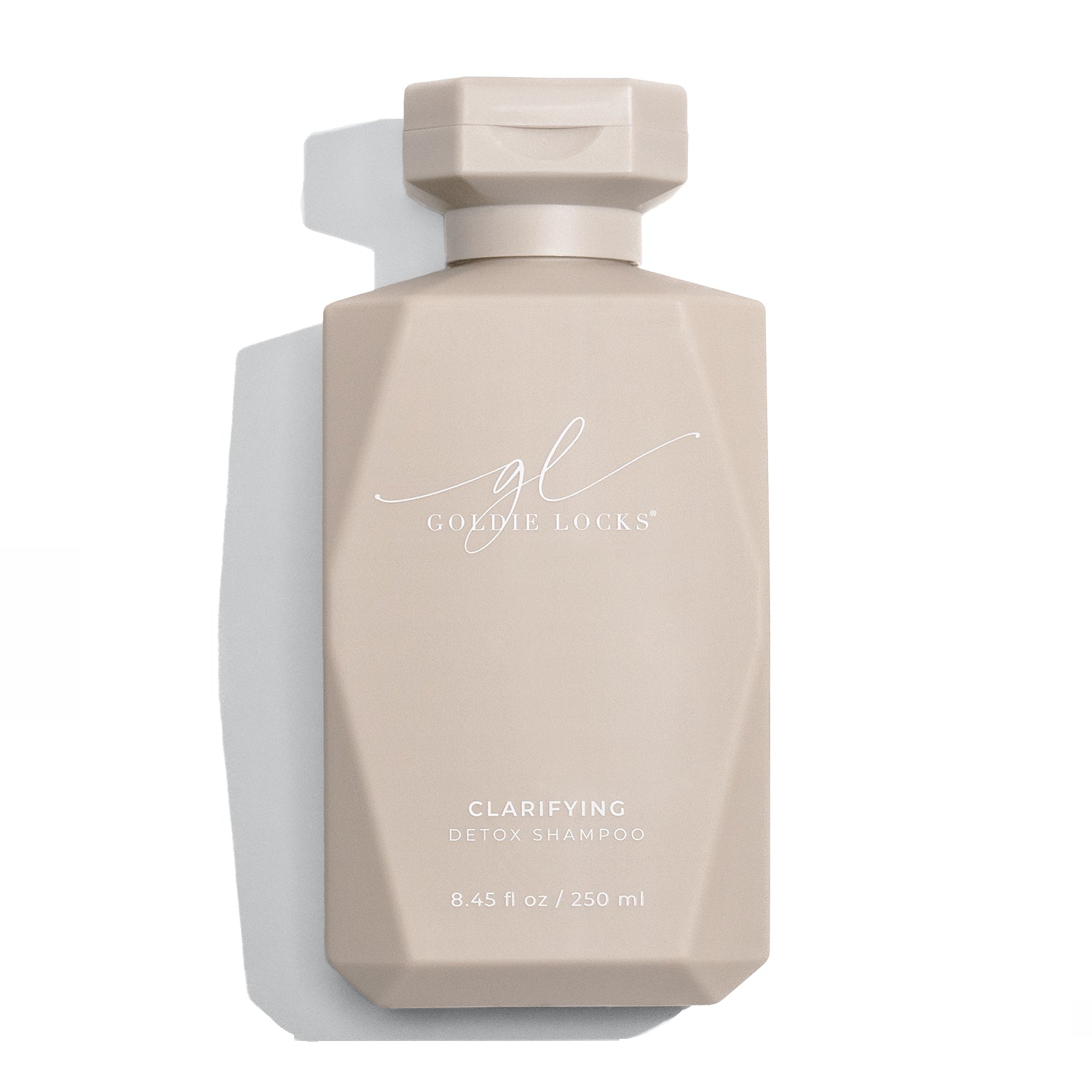
1. Clarify & Reset:
Start with a warm-water soak, then cleanse with Goldie Locks® Clarifying Shampoo to remove protein residue and product buildup. This step is essential but only needs to be done once at the beginning.

2. Pause Proteins:
Take a close look at your shampoo, conditioner, leave-ins, stylers, and even oils. If you see ingredients like hydrolyzed keratin, collagen, soy or wheat proteins, or amino acids, set those products aside for now. Your hair needs a clear break from protein to restore balance.
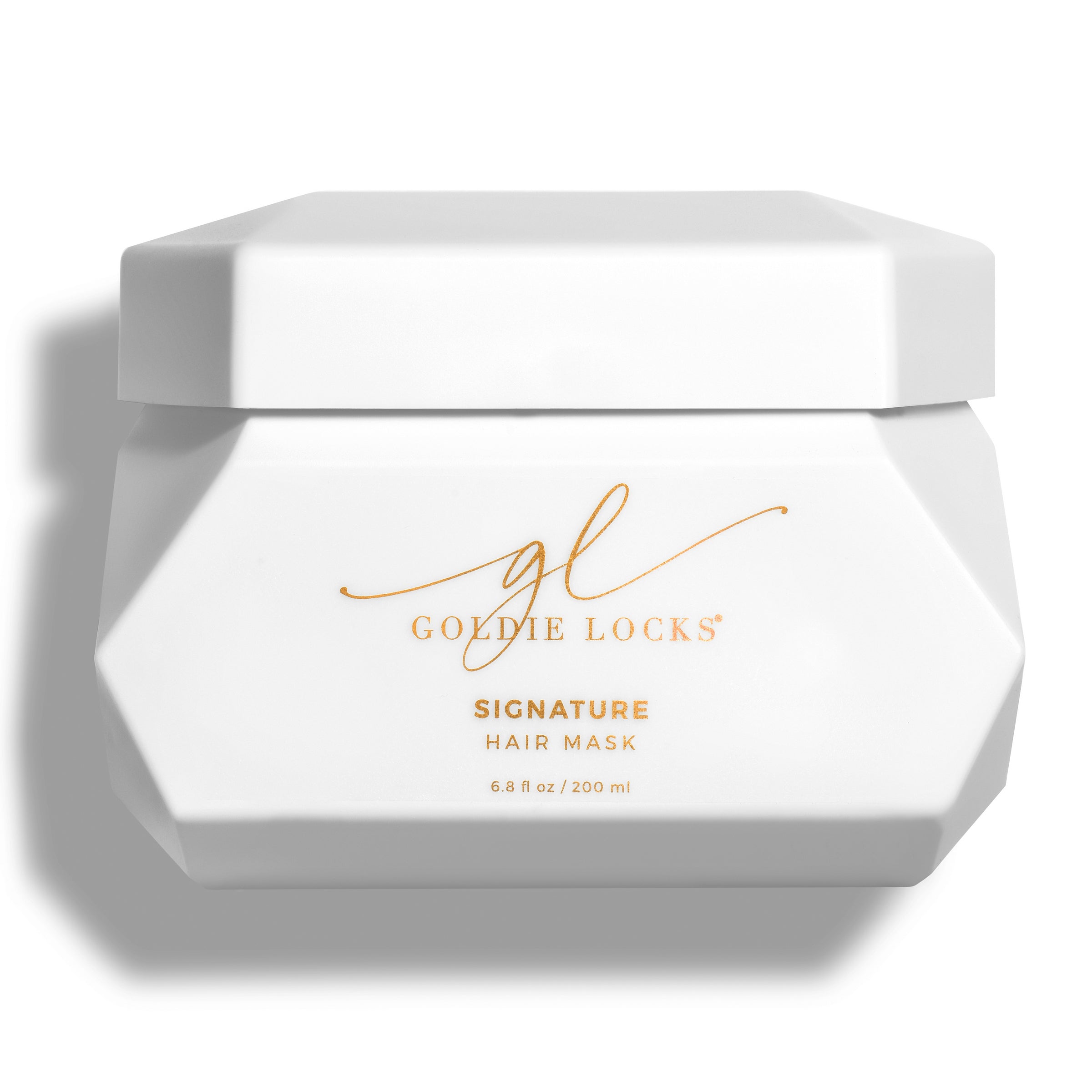
3. Deep-Condition:
Use protein-free Goldie Locks® Signature Hair Mask once a week to deliver much-needed hydration. It’s packed with nutrients and antioxidants that restore elasticity and prevent future breakage.
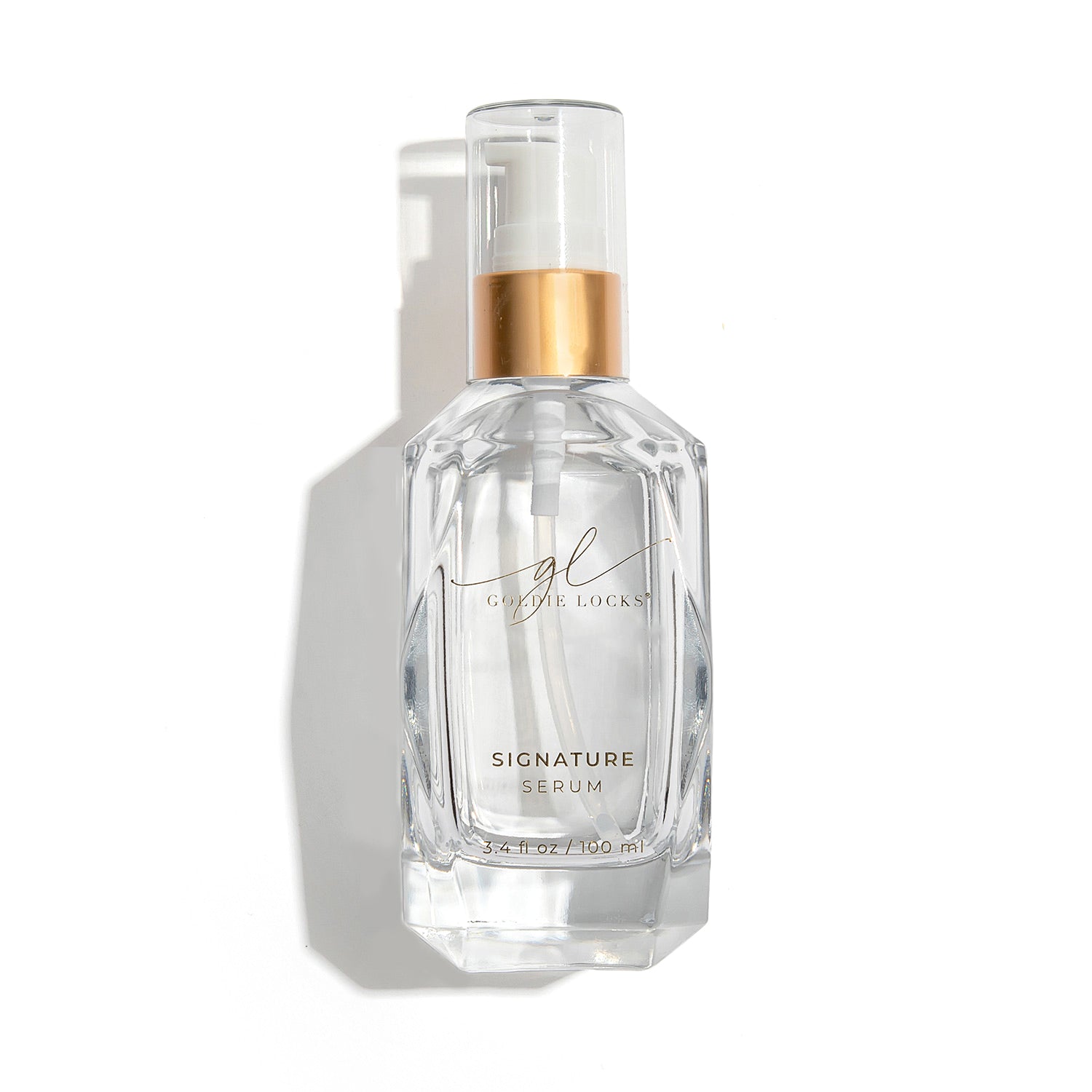
4. Hydrate:
Replace protein-heavy products with hydration-focused alternatives. Opt Goldie Locks® Signature Hair Serum and Goldie Locks® Signature Leave-In Conditioner for nourishment, hydration, and protection from environmental damage.

5. Reassess & Rebalance:
Around week three, repeat the strand test. If snapping decreases and elasticity improves, you can slowly reintroduce light protein treatments, no more than once a month to start. Monitor your hair’s response and adjust according to its porosity and moisture needs.
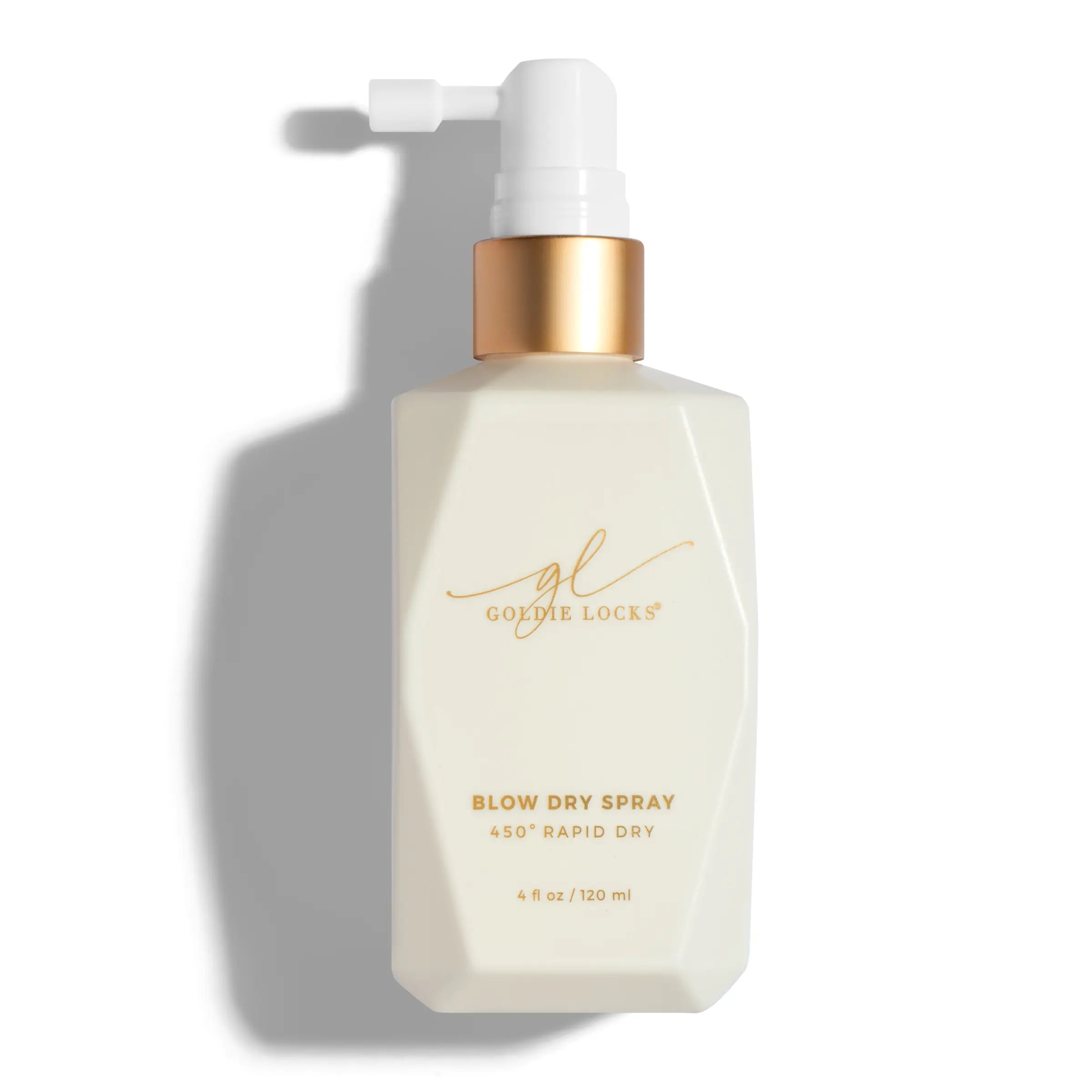
6. Prioritize Styling Hygiene:
Handle your hair gently, especially during recovery. Use products with slip to ease detangling, always apply Goldie Locks® Blow Dry Spray heat protectant before styling, and avoid rough brushing, tight hairstyles, or unnecessary tension on your strands.
How to Prevent Protein Overload

-
Read Labels & Avoid Stacking:
Carefully review the ingredients in every product you use, shampoo, conditioner, leave-ins, masks, and stylers. If multiple products contain keratin, hydrolyzed proteins, or amino acids, it’s wise to reduce overlap to prevent protein buildup. -
Set a Cadence:
Treat protein as a targeted treatment, not a daily staple. Use protein-rich products sparingly, unless your stylist or hair condition suggests otherwise. Always follow protein treatments with moisturizing care to maintain the right balance. -
Know Your Hair’s Porosity:
Low-porosity hair can resist moisture and absorb protein more slowly, which may cause buildup more quickly. Opt for lighter proteins like silk or oat, and prioritize hydration. Using gentle heat during deep conditioning can help moisture penetrate more effectively.
FAQs
Can too much protein ruin hair?
Not permanently, but it can mimic or worsen damage, causing stiffness, brittleness, and snapping. The good news is it’s usually reversible with a clarifying wash, a moisture-focused routine, and a temporary break from protein.
What does too much protein in your hair feel like?
Hair often feels straw-like, stiff, and rough, with low elasticity, snapping easily when stretched. It may also appear dull, matte, frizzy, and lack its usual definition.
Can protein overload cause hair loss?
While it doesn’t cause true shedding, protein overload can increase breakage. This breakage may look like hair loss when you shower or brush.
Final Thoughts
Too much protein can leave hair feeling stiff, brittle, and prone to breakage, while excess moisture can result in limp, mushy, and lifeless strands. The key is balance, and that begins with awareness: Identify, Clarify, Moisturize, and Balance.
Pay attention to your entire routine, ensuring you don’t overload one side without supporting the other. Always follow protein treatments with moisture, and avoid stacking similar ingredients across multiple steps.


